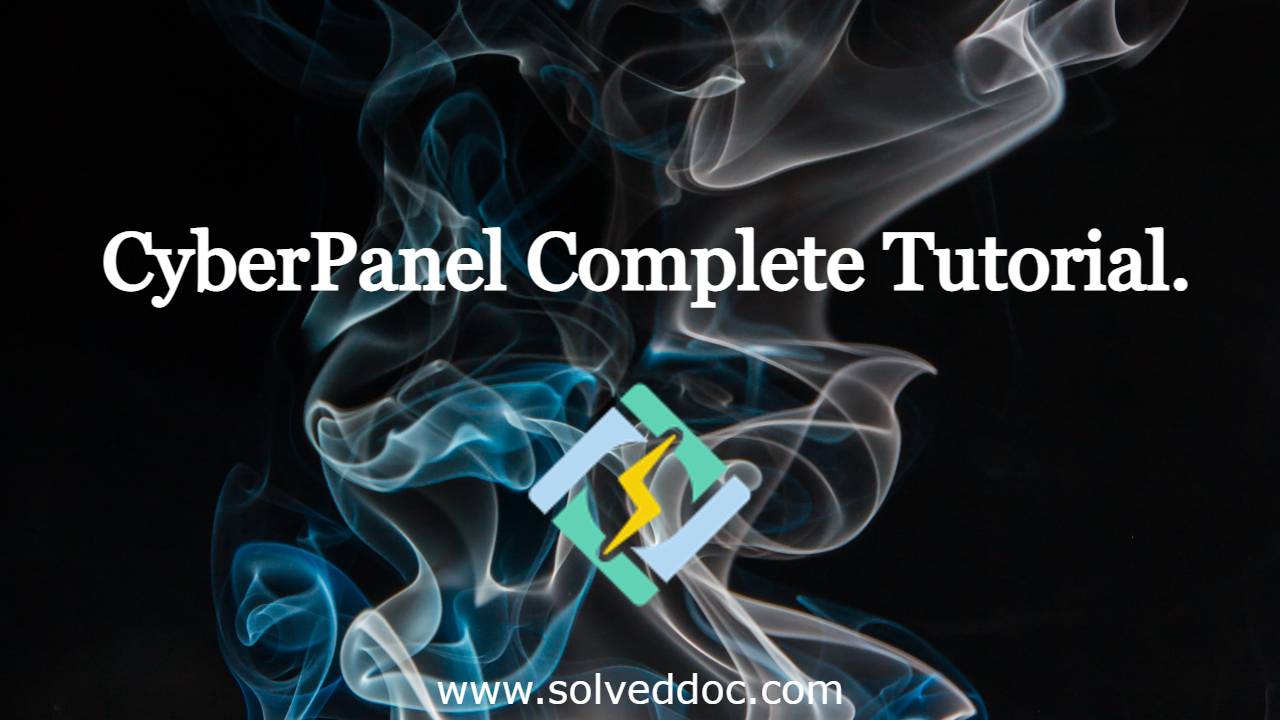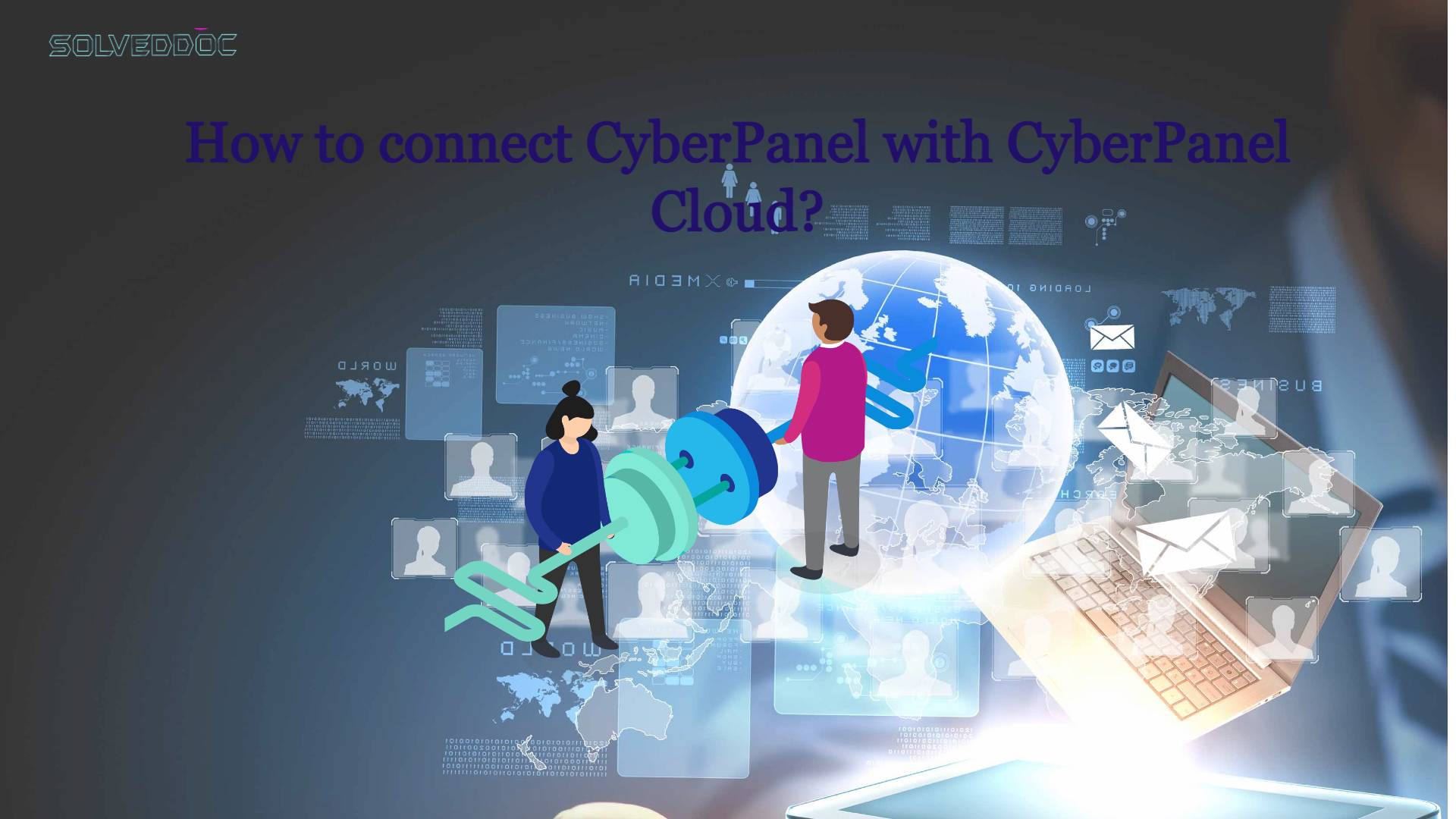CyberPanel Complete Tutorial
In this article, we are going to write how you can install CyberPanel, how you can access CyberPanel, what are the features of CyberPanel and all. This is a CyberPanel Complete Tutorial. How to install CyberPanel: First of all, we make the server and copy the server IP, and go to the terminal and write

